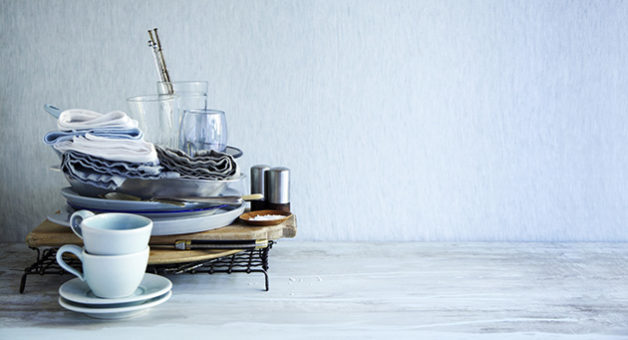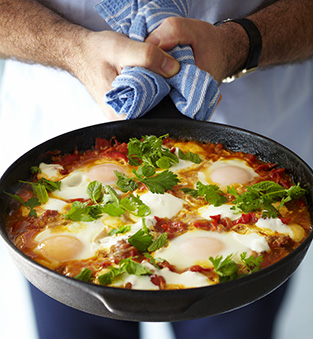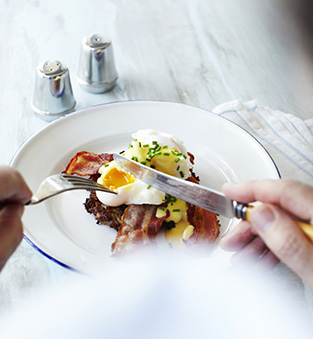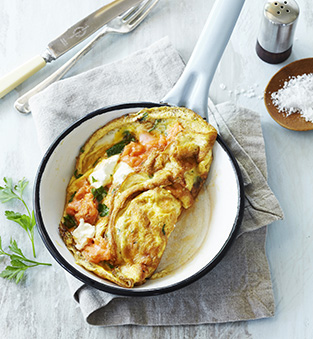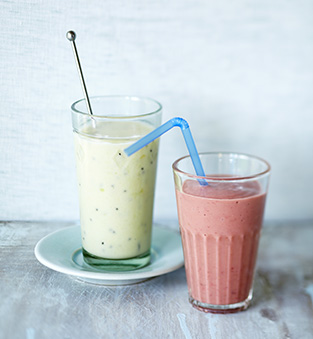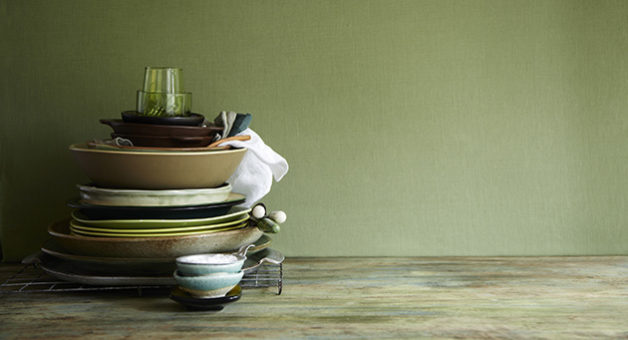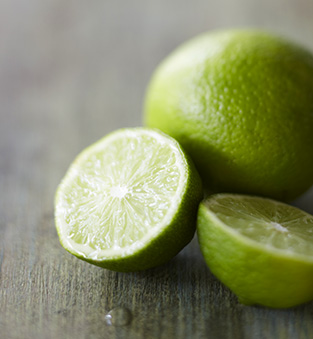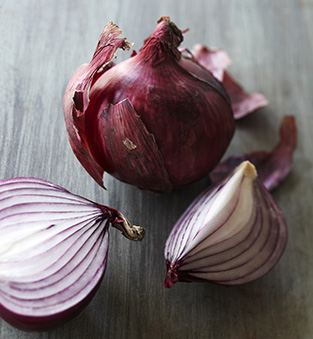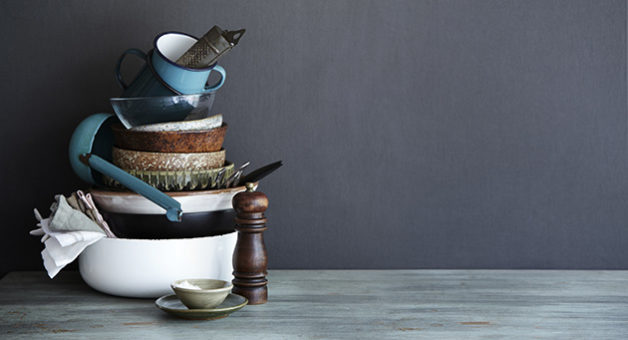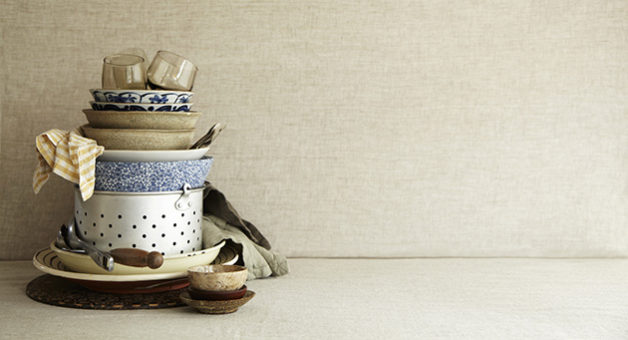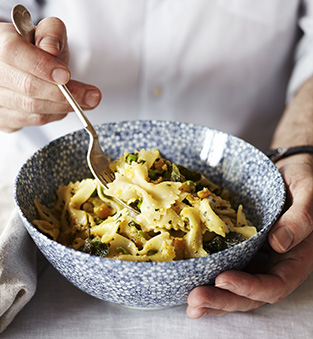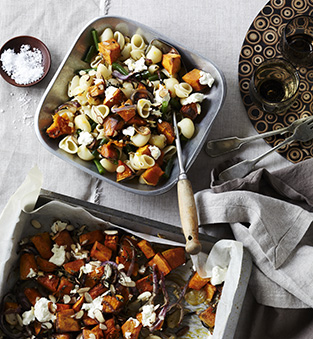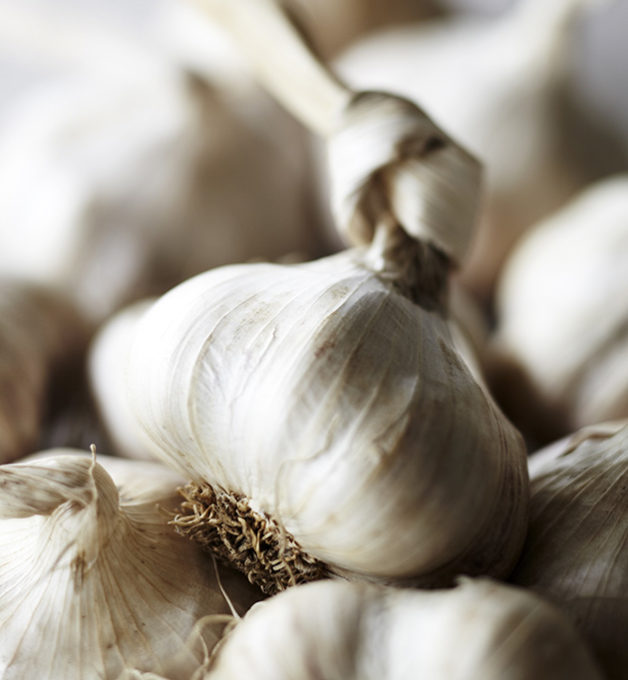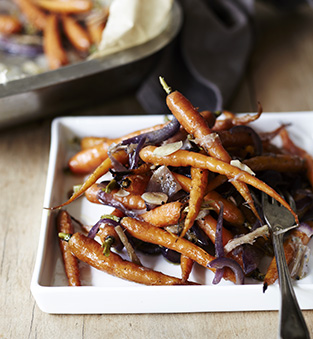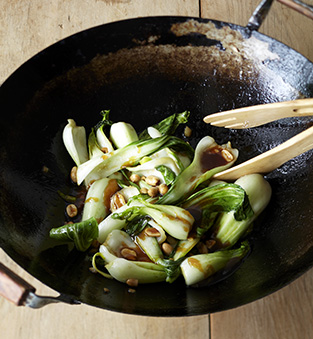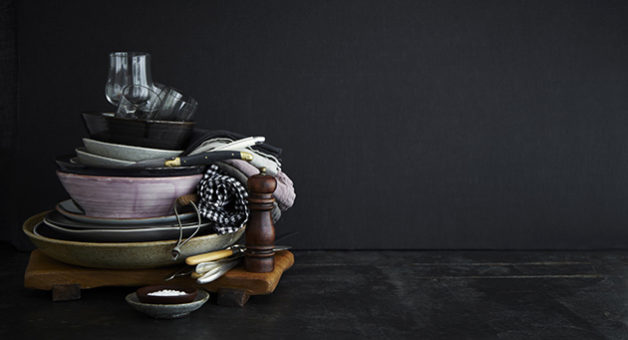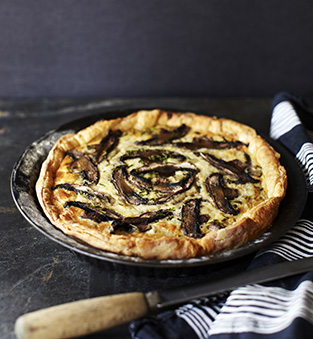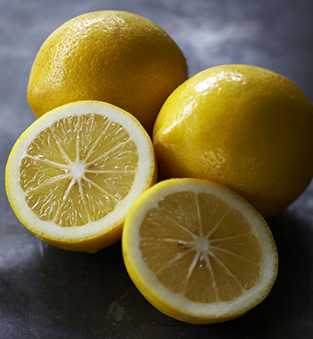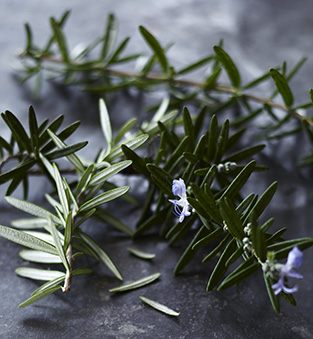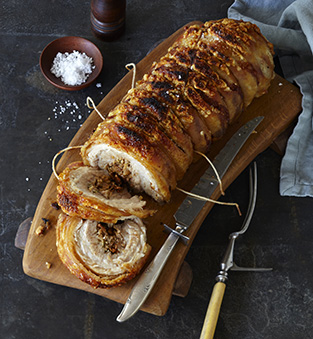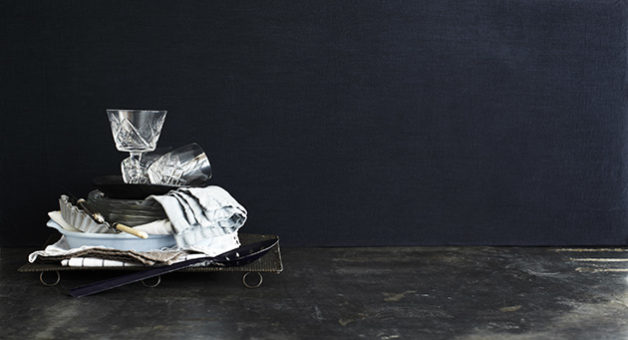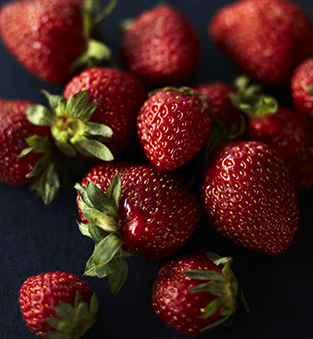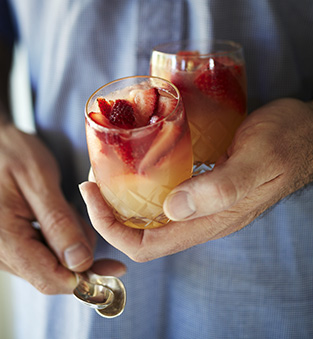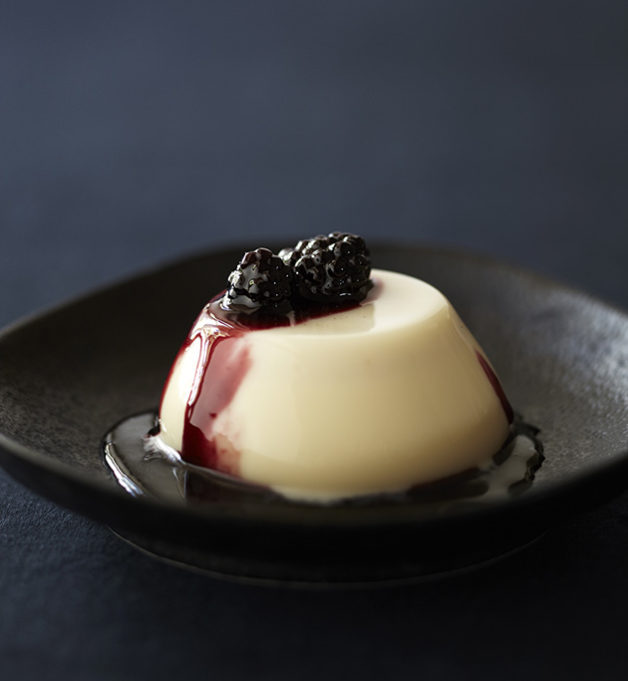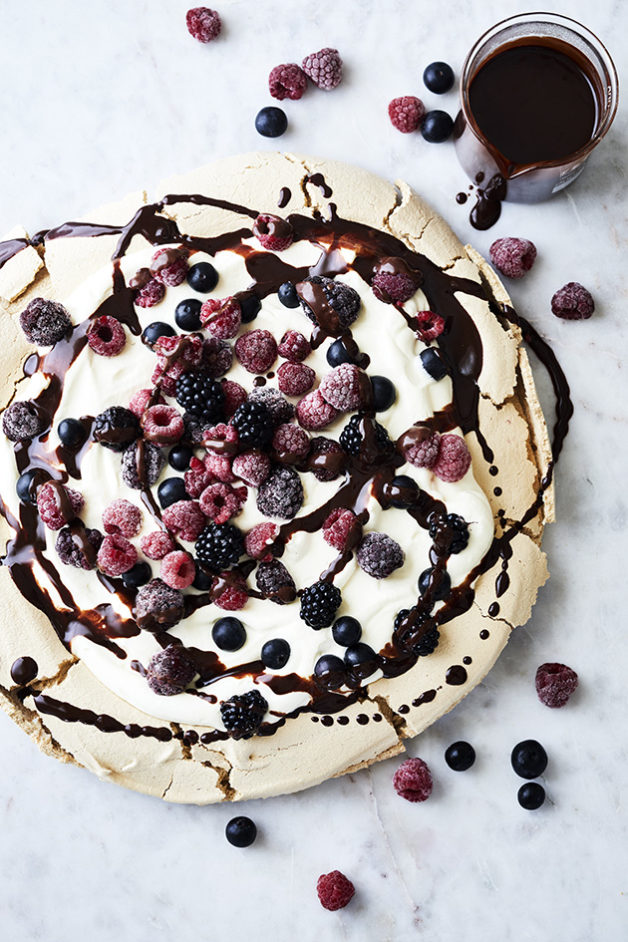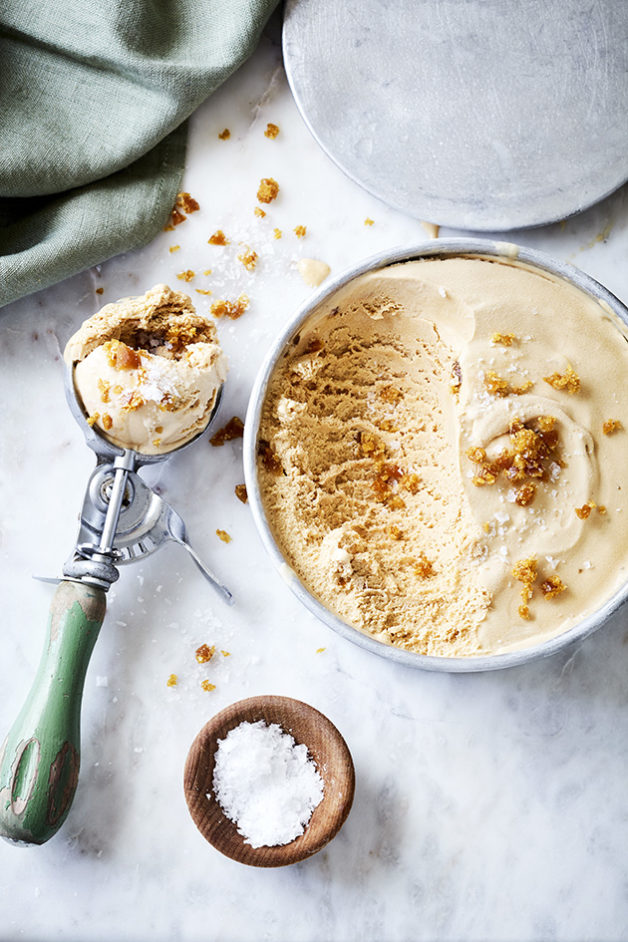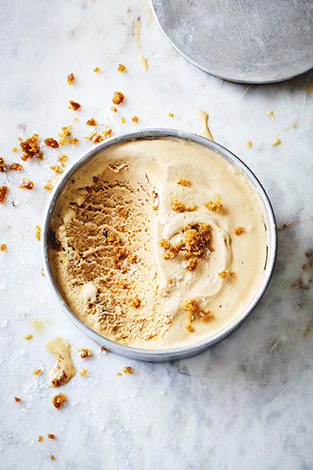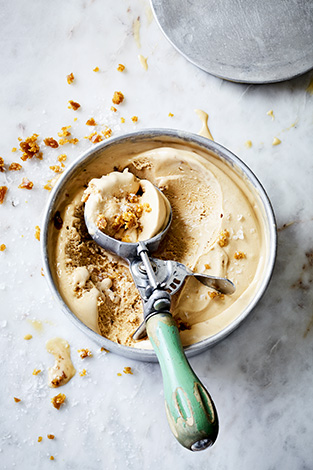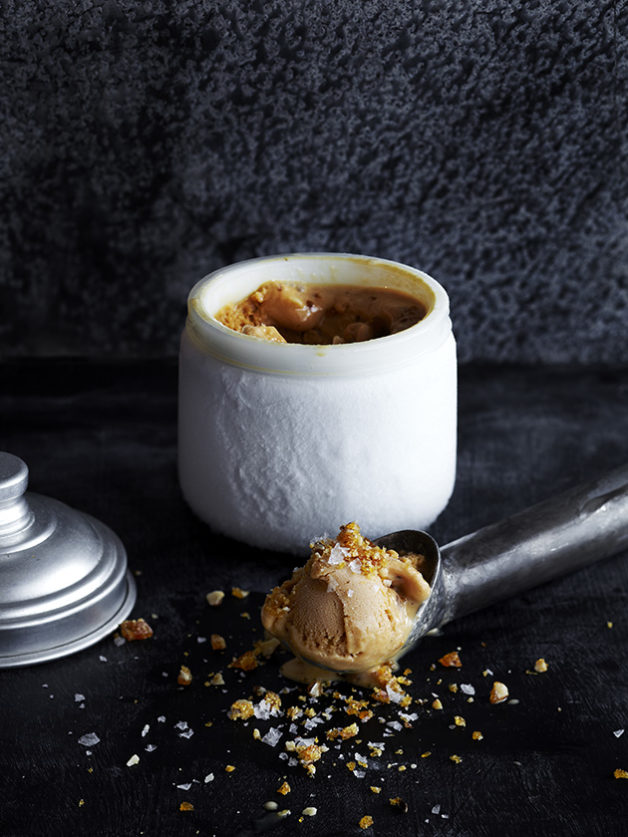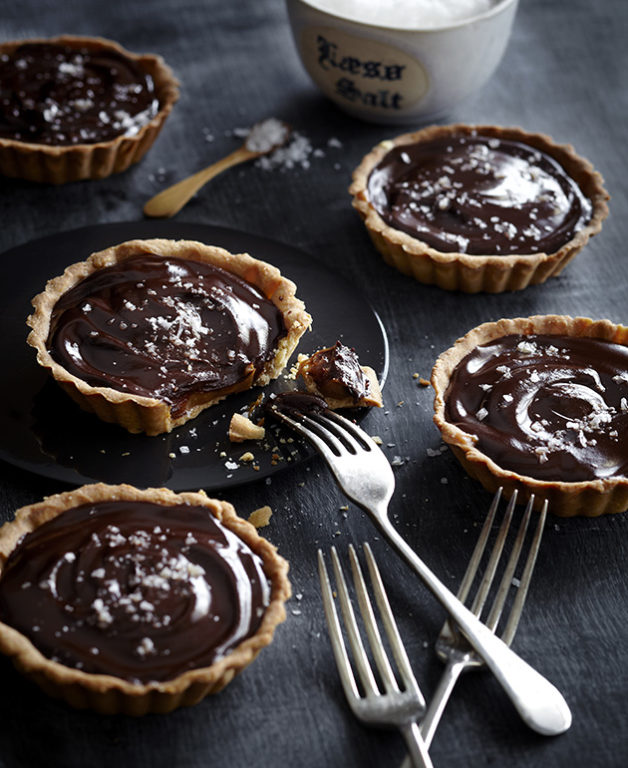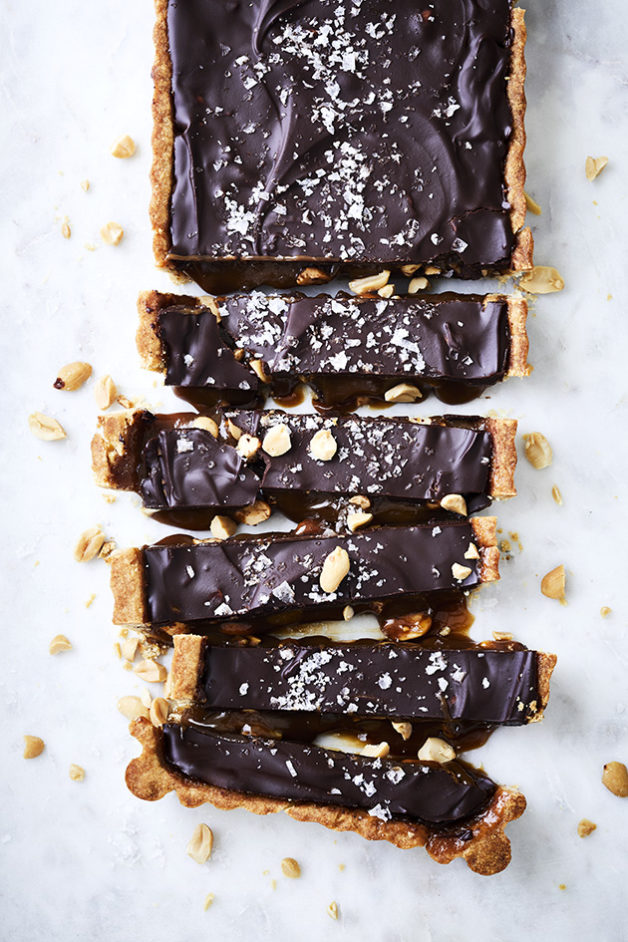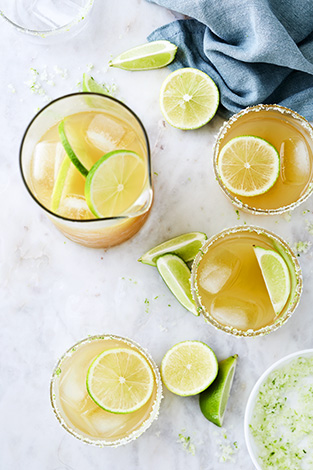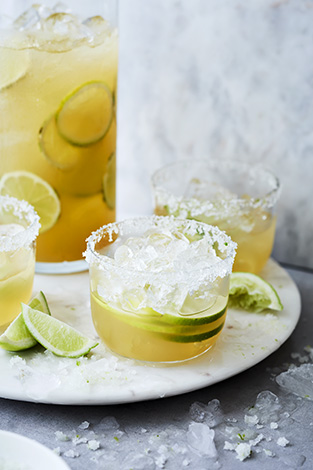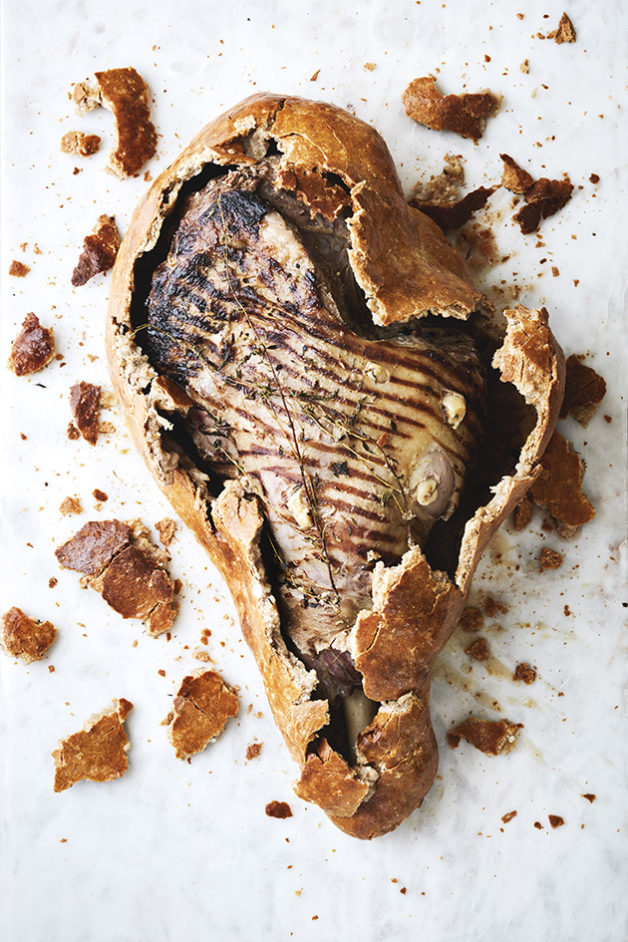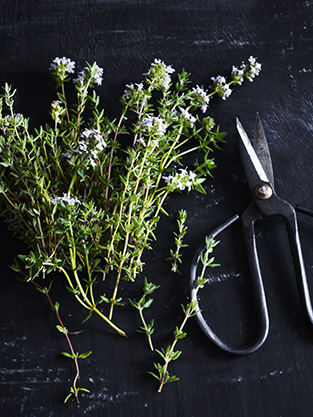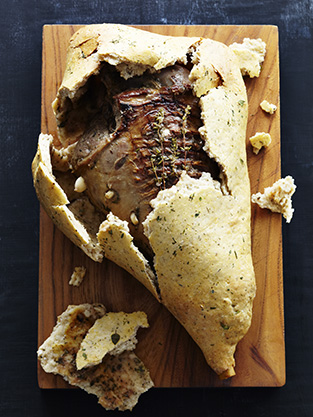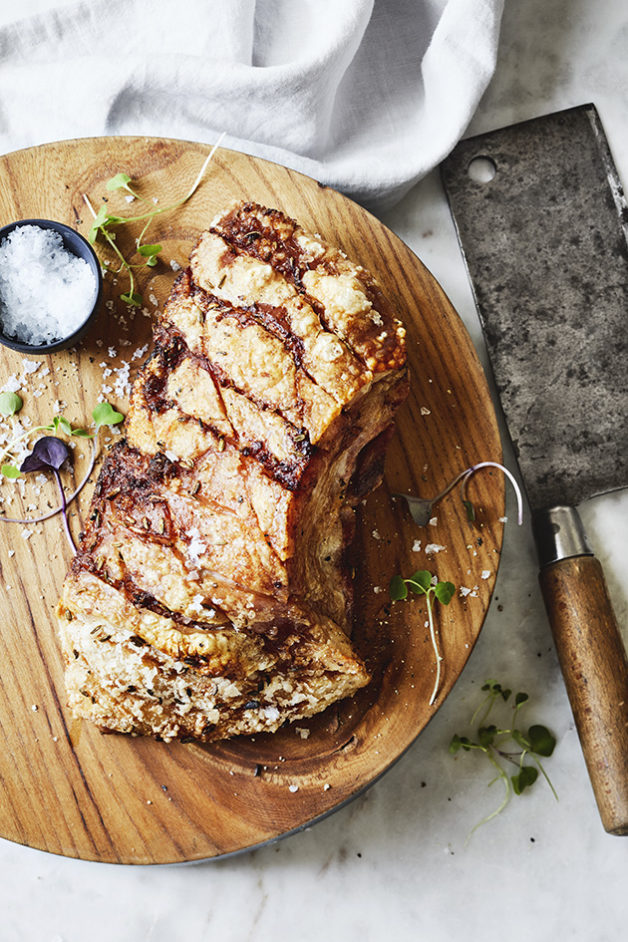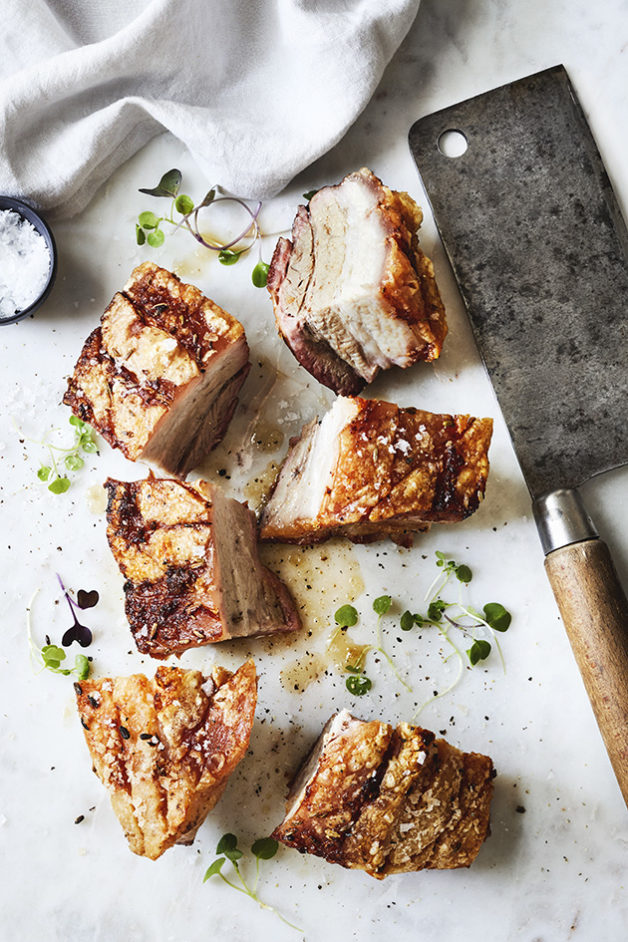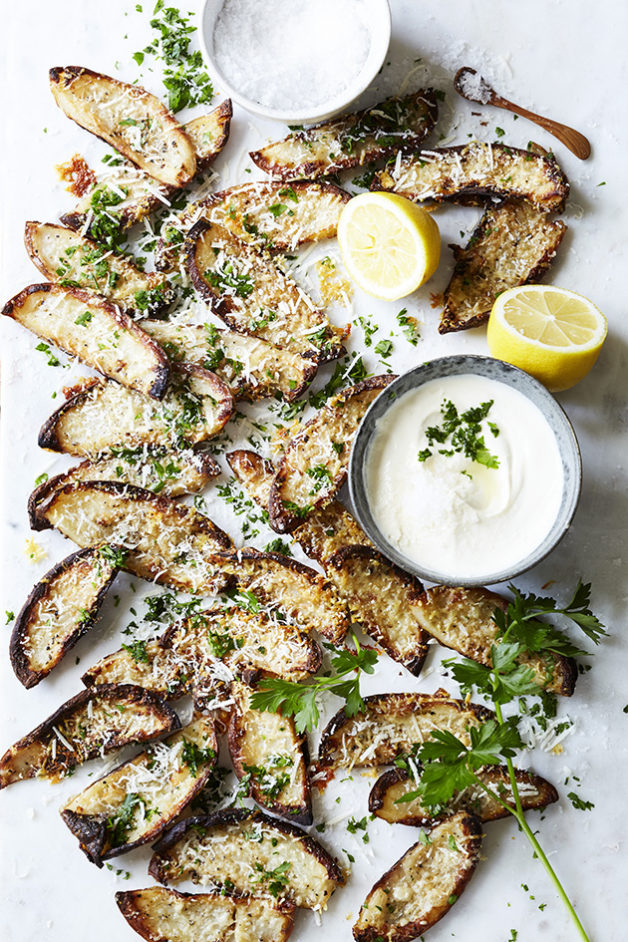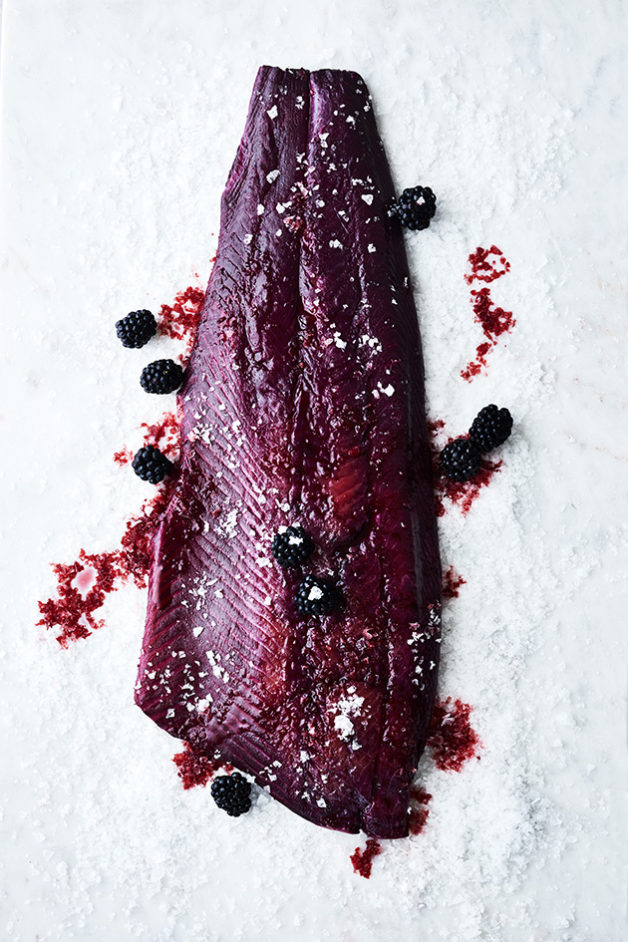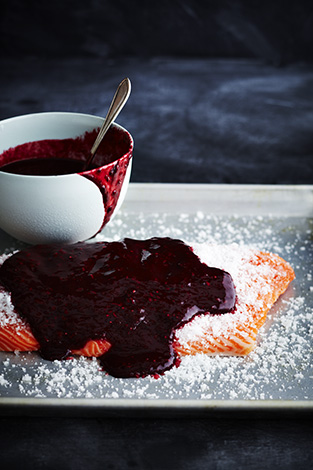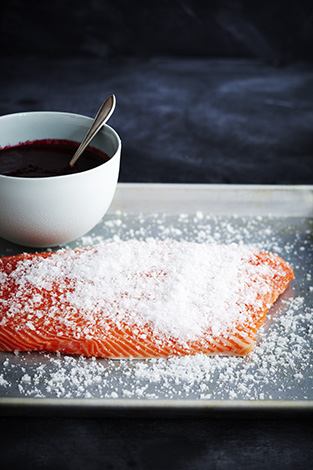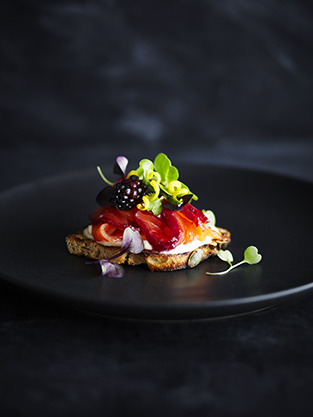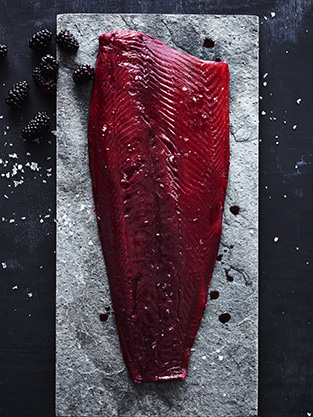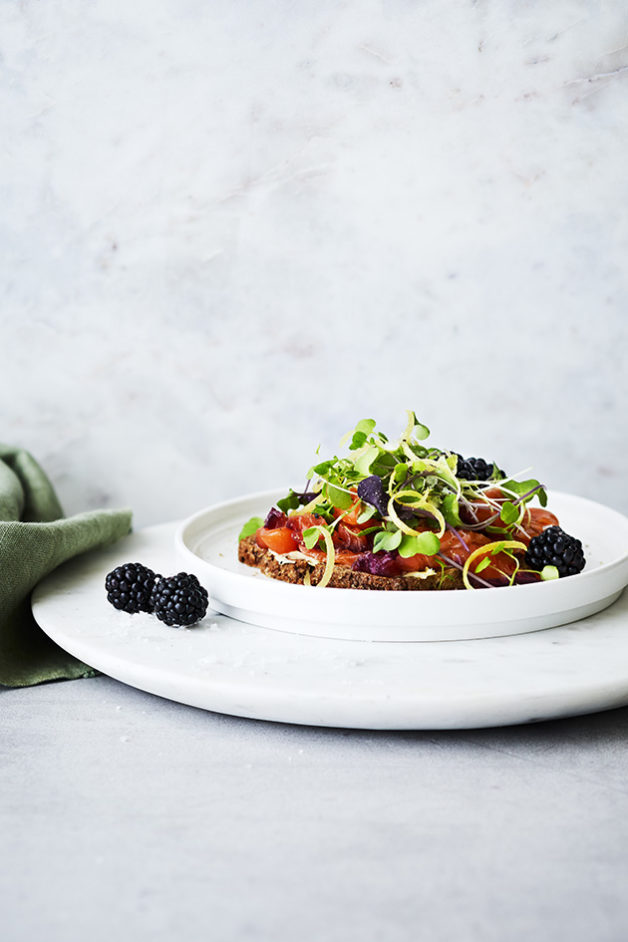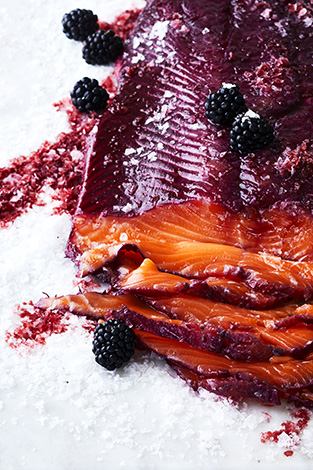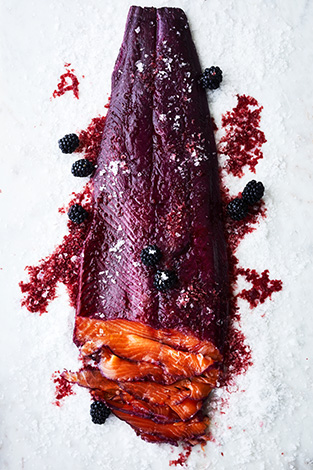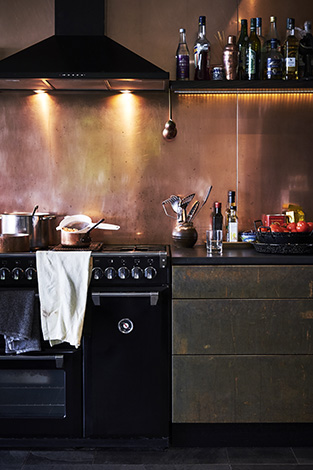
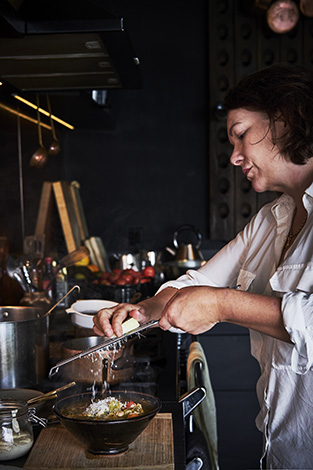
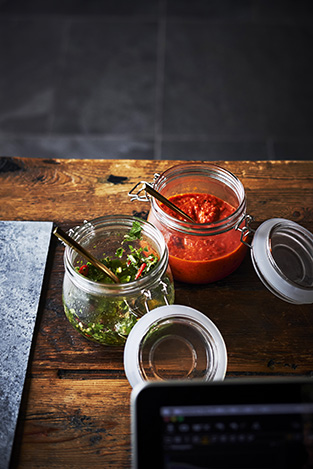
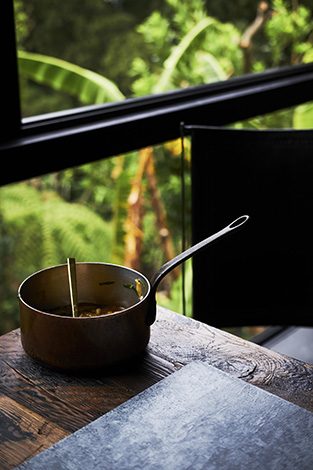
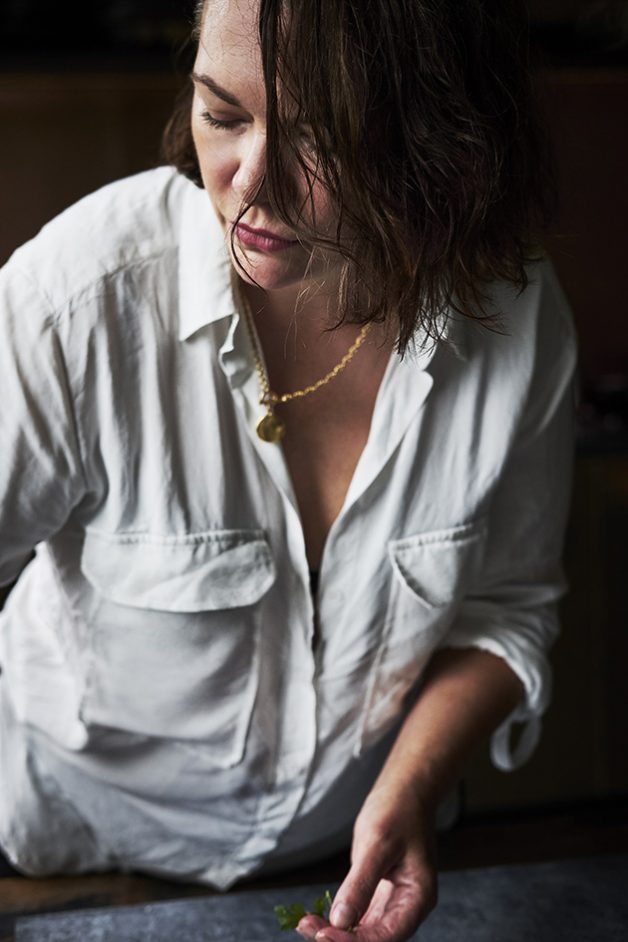
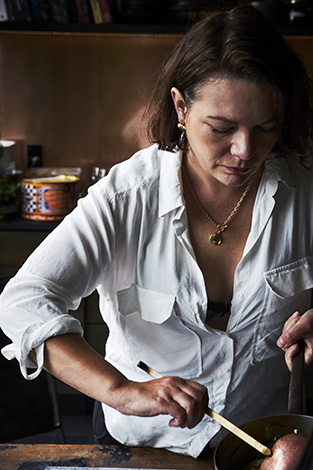
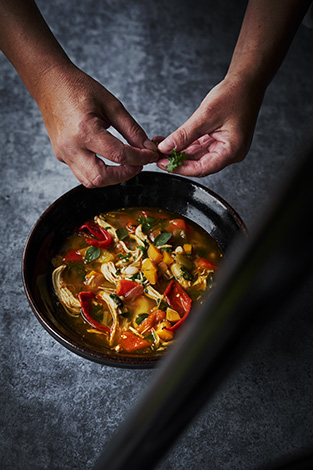
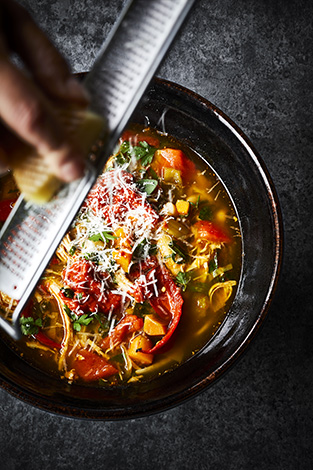

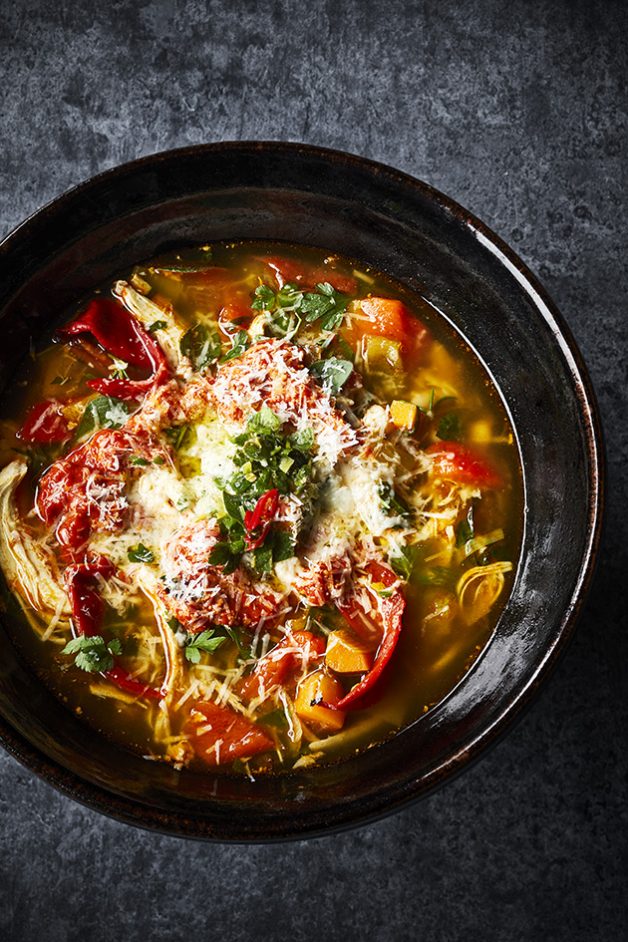

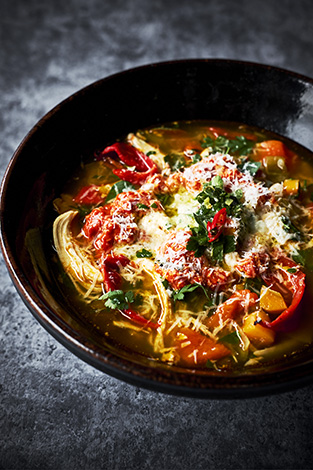
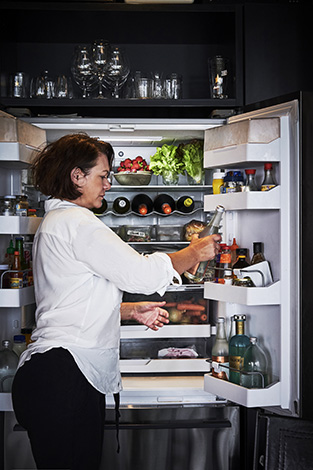
This is my chicken stock soup, as I made it after shooting Sarah Ginella’s (Barulho) delicious chicken stock soup above. I didn’t get her recipe, but managed to sort of make my own, in the “a little bit of this” and “a little bit of that” kinda way, based on her instructions and what I could taste in it.
Serves 4-6 people, or a family of 4 (2 adults and 2 small kids) twice. Freezes well.
1 whole organic chicken
Whatever veges you have in your pantry.
I use 1-2 carrots, 1-2-3 stalks of celery, 1-2 potatoes, 1 large onion, 2-3 cloves of garlic
You could also use, celeriac, swede, beets etc.
Whatever veges you have in your fridge/ fruit bowl.
I use capsicums, tomato, mushrooms (if I have any), zucchini etc.
Herbs from the garden
Ie parsley, thyme, rosemary, bay leaves.
1 tin of beans (kidney beans, berlotti beans or butter beans etc)
1 cup of rice/ noodles/ orzo/ other carby pantry stable, cooked as per packaging instructions
Miso paste
Paprika
Tomato paste
Neudorf mushroom salt
Soy sauce or fish sauce
Fresh oregano to garnish
Parmesan cheese
Make sure the chicken is clean inside and out. I always chop the bum off. Chop all veges into bite size pieces. I have small kids, so I chop it all into quite small pieces. You might prefer yours a bit chunckier.
Place the chicken in a large pot (4-5 litres) along with the veges from your pantry (root veges, celery etc) and herbs and cover with water. Cover with a lid and bring to the boil. Then turn the heat down and let the chicken simmer at low heat with a lid on for 2,5 – 3 hours until tender. At this stage the meat should be falling off the bone. With a large spoon & spatula gently remove the chicken from the pot and place on a chopping board and peel all the chicken from the bone and return the meat to the pot. Discard the carcass. I often save the chicken breasts to use for another dish, but it can be returned to the stock with everyting else.
Take out any stalks from herbs that are too tough to eat, ie rosemary stalks, thyme stalks and bay leaves. I don’t remove the veges. If soup has been simmering on low heat, these should be tender but still have bite, and fine to eat. Add the remaning veges, a tin of beans to the pot as well as any pre-cooked rice or pasta/ orzo and bring to the boil again, then let simmer for 3-5 minutes to tenderize the rest of the vegetables and heat through the beans.
To flavour the soup use 1-2 teapoons of miso paste, 1/2-1 teaspoon of Neudorf mushroom salt (Nicola Galloway gave this to me once. After about a year in the pantry I discovered it adds a wonderful umami to any sort of bland tasting dish or sauce, brilliant), a dash of paprika (smoked paprika is wonderful), a table spoonful or 2 of tomato paste and lots of salt and pepper. You can also use fish sauce, soy sauce, some leftover tomato based mexican style salsa or any other sort of pesto or sauce you might have in the fridge. I’d avoid anything dairy based. I’ve tried to add tzaziki, but that was a tad weird.
Serve chicken stock soup in bowls, garnish with fresh oregano and plenty of grated parmesan. Sarah also had some wonderful romesco sauce and what I think might have been a salsa verde or chimichurri to dollop on top.
I did this shoot with Sarah Ginella and her Chicken Stock Soup for my Mother Chef project whilst Sarah was talking to me about the importance of preparation to be able to make good, nutritious food choices. You can view more of the project here, on my website. Make sure to check other of my recipes on this blog, ie my pork belly with crispy crackling.

